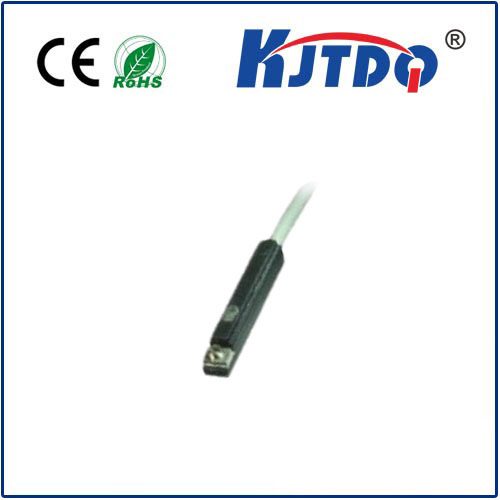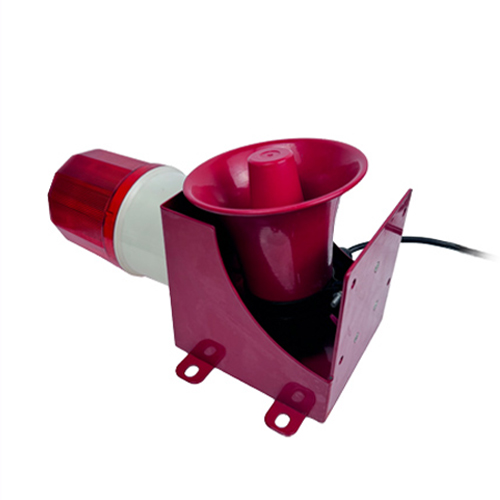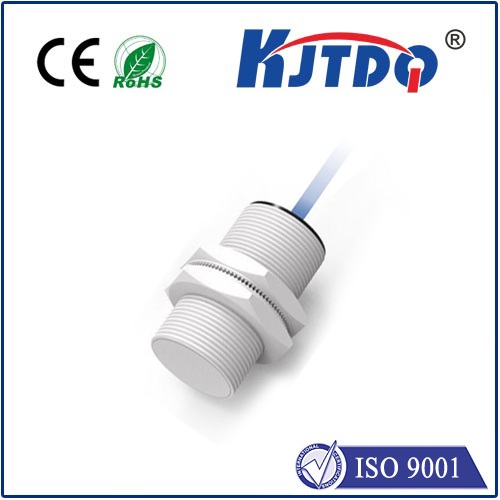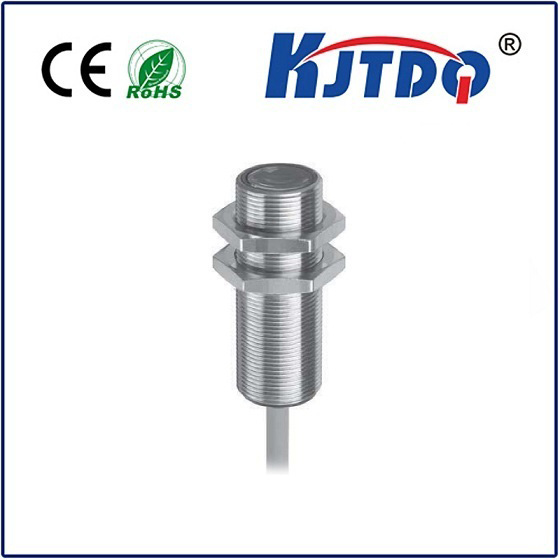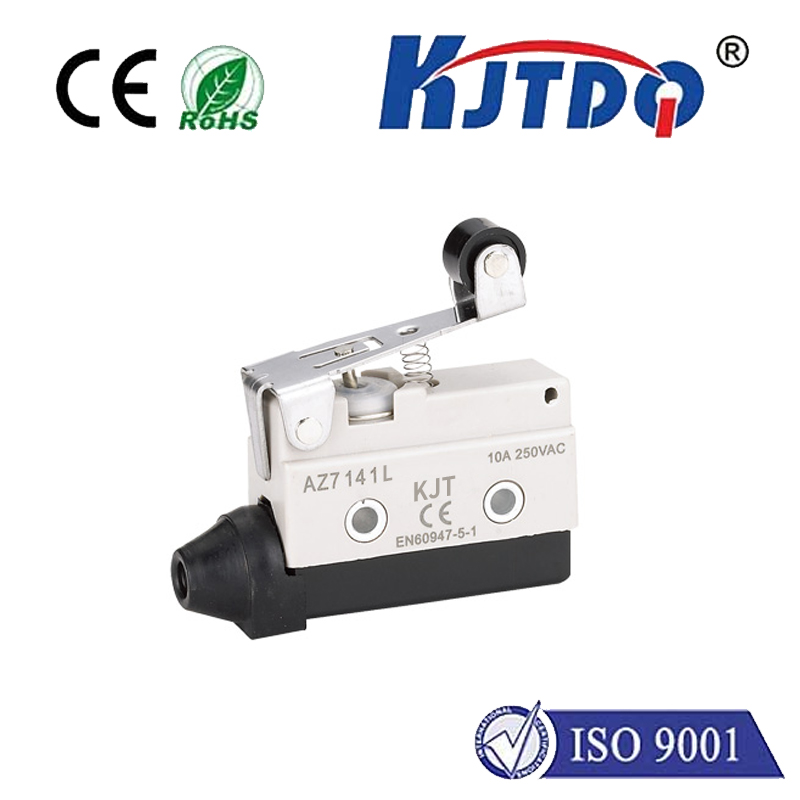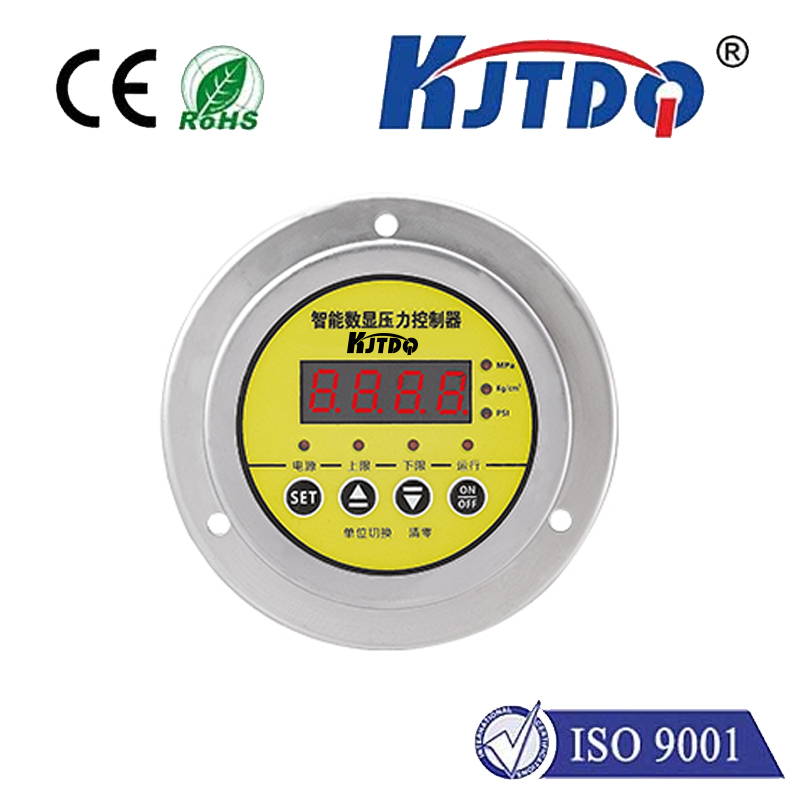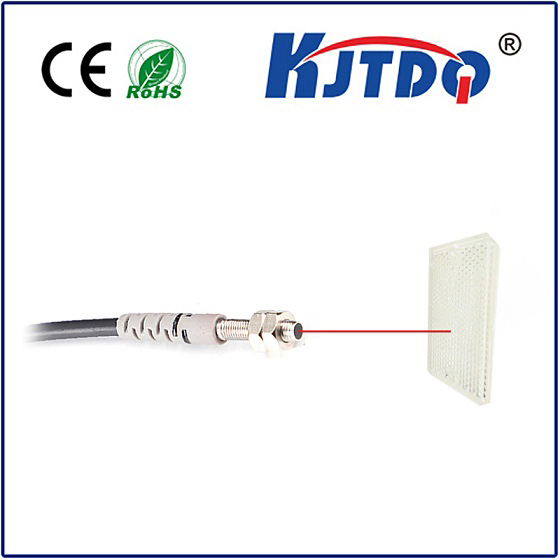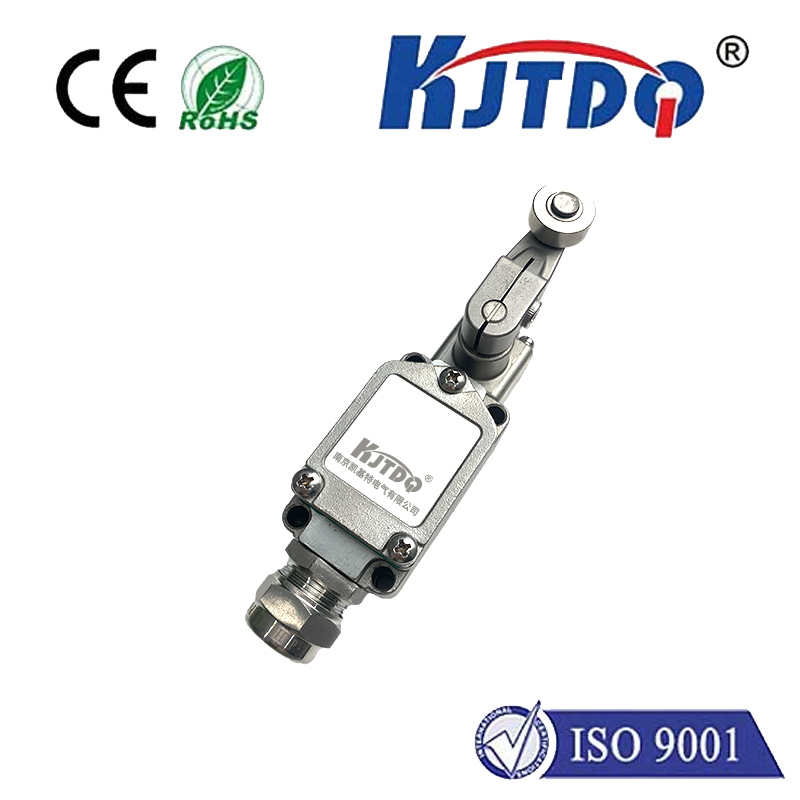

check

check

check

check

check

check

check

check

check

check
Understanding the Importance of Limit Switch for Valves
Valves are an essential component in many industrial applications, and their proper functioning is crucial to ensure the smooth flow of fluids. However, to monitor the position of valves accurately, a limit switch is used. In this article, we will discuss the importance of limit switches for valves and how they work.
What is a Limit Switch?
A limit switch is an electrical device that is used to detect the presence or absence of an object. It consists of a set of contacts that close or open when the object comes into contact with it. The contacts are connected to a control system, which then takes appropriate action based on the signal received from the limit switch.

Why is a Limit Switch Necessary for Valves?
Valves play a critical role in controlling the flow of fluids in industrial processes. They are used to regulate pressure, temperature, and other parameters that are essential for the smooth operation of equipment. To ensure that valves operate correctly, it is necessary to monitor their position accurately. This is where limit switches come into play.
Limit switches are used to detect the open or closed position of a valve. When a valve is opened or closed, the limit switch sends a signal to the control system, which then takes appropriate action. For example, if a valve is opened but not closed properly, the limit switch sends a signal to the control system, which then shuts down the process to prevent any damage to the equipment.
How Does a Limit Switch Work for Valves?
The working principle of a limit switch is simple. It consists of a lever or armature that moves when the valve opens or closes. When the lever moves, it actuates the contacts inside the switch, causing them to open or close. The contacts are connected to the control system, which then takes appropriate action based on the signal received from the limit switch.
There are two types of limit switches used for valves: normally open (NO) and normally closed (NC). A NO limit switch is activated when the valve is open, while an NC limit switch is activated when the valve is closed. The choice of limit switch depends on the specific requirements of the application.
Conclusion
In conclusion, limit switches play a crucial role in monitoring the position of valves accurately. They provide valuable information to the control system, which helps to prevent equipment damage and ensure smooth operation of industrial processes. By understanding the importance of limit switches for valves and how they work, operators can maintain their equipment effectively and avoid costly downtime.

